Chart Js Heatmap
chart js heatmap
Associated Articles: chart js heatmap
Introduction
On this auspicious event, we’re delighted to delve into the intriguing matter associated to chart js heatmap. Let’s weave fascinating info and supply contemporary views to the readers.
Desk of Content material
Chart.js Heatmaps: A Deep Dive into Visualizing Knowledge Density
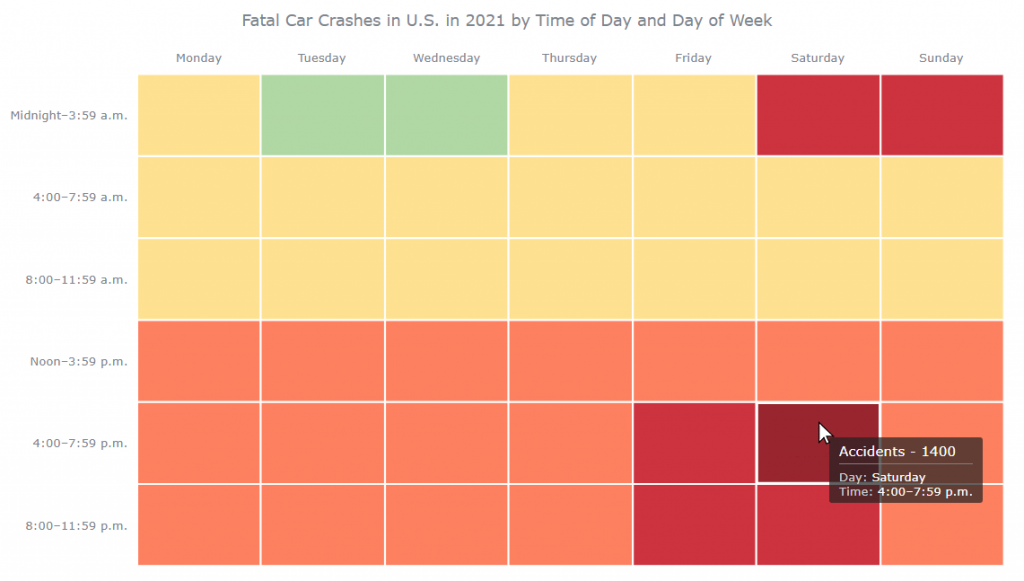
Heatmaps, with their vibrant shade gradients, supply a strong method to visualize information density throughout two dimensions. They’re invaluable for figuring out patterns, outliers, and traits in massive datasets, making them an important device in varied fields, from finance and healthcare to geography and software program engineering. Whereas many specialised libraries exist for creating heatmaps, Chart.js, a flexible and widely-used JavaScript charting library, supplies a versatile and surprisingly succesful method, though it would not straight supply a devoted "heatmap" chart sort. This text will delve into the methods and issues concerned in creating efficient heatmaps utilizing Chart.js, exploring its strengths, limitations, and greatest practices.
Understanding the Fundamentals: How Heatmaps Work
A heatmap represents information utilizing a shade scale. Every information level is assigned a shade based mostly on its worth, with greater values usually represented by hotter colours (reds, oranges) and decrease values by cooler colours (blues, greens). This visible illustration permits for fast identification of areas of excessive and low focus, making complicated datasets simply digestible. The effectiveness of a heatmap hinges on the selection of shade scale, information normalization, and the readability of the axes.
Creating Heatmaps with Chart.js: The Scatter Chart Strategy
Chart.js would not have a built-in heatmap chart sort. Nevertheless, we are able to cleverly leverage its scatter chart sort to simulate a heatmap. The secret is to characterize every information level as a single pixel-sized scatter level, coloured in keeping with its worth. By densely packing these factors, we create the visible impact of a heatmap.
Let’s break down the method:
- Knowledge Preparation: Your information must be structured as an array of objects, the place every object represents an information level and accommodates its x and y coordinates, together with its worth. For example:
const information = [
x: 1, y: 1, value: 10 ,
x: 1, y: 2, value: 25 ,
x: 2, y: 1, value: 15 ,
x: 2, y: 2, value: 5 ,
// ... more data points
];- Shade Scale Definition: Chart.js permits for customized shade scales utilizing the
backgroundColorproperty inside the dataset configuration. We are able to create a perform to map information values to colours. This perform ought to take the info worth as enter and return a corresponding shade string (e.g., utilizing hexadecimal or RGB values). A linear scale is commonly enough, however extra complicated scales is perhaps needed for particular information distributions. Libraries liked3-scale-chromaticcan present pre-built shade scales for optimum visible notion.
perform getColor(worth)
// Instance linear scale utilizing red-green gradient
const min = Math.min(...information.map(merchandise => merchandise.worth));
const max = Math.max(...information.map(merchandise => merchandise.worth));
const vary = max - min;
const normalizedValue = (worth - min) / vary;
const pink = Math.spherical(255 * (1 - normalizedValue));
const inexperienced = Math.spherical(255 * normalizedValue);
return `rgb($pink, $inexperienced, 0)`;
- Chart Configuration: We configure a Chart.js scatter chart, setting the
informationand specifying thebackgroundColorfor every level utilizing ourgetColorperform. We additionally want to regulate thepointRadiusto 1 to create the pixel-sized factors, and probably modify axes scales and labels for readability.
const ctx = doc.getElementById('myChart').getContext('2nd');
const myChart = new Chart(ctx,
sort: 'scatter',
information:
datasets: [
label: 'Heatmap',
data: data,
pointRadius: 1,
backgroundColor: data.map(item => getColor(item.value)),
]
,
choices:
scales:
x:
sort: 'linear',
min: 0,
max: 10, // Modify based mostly in your information vary
,
y:
sort: 'linear',
min: 0,
max: 10, // Modify based mostly in your information vary
);Superior Methods and Issues
-
Knowledge Normalization: For optimum visible illustration, it is essential to normalize your information earlier than making use of the colour scale. Normalization ensures that the colour scale successfully represents the relative values throughout your entire dataset, stopping sure values from dominating the visible illustration. Widespread normalization methods embrace min-max scaling and z-score normalization.
-
Shade Scale Choice: The selection of shade scale considerably impacts the interpretability of the heatmap. Diverging scales (e.g., red-white-blue) are efficient for highlighting deviations from a central worth, whereas sequential scales (e.g., blue-green-yellow-red) are higher for representing monotonically growing or reducing values.
-
Dealing with Massive Datasets: Rendering hundreds or thousands and thousands of knowledge factors can influence efficiency. Methods like binning (grouping information factors into bigger items) or utilizing canvas manipulation straight can enhance rendering velocity. Libraries like
heatmap.jsis perhaps extra appropriate for exceptionally massive datasets. -
Interactive Options: Chart.js permits for interactive options like tooltips, which might show the precise worth of an information level when hovered over. This enhances the person expertise and permits for detailed information exploration.
-
Accessibility: Take into account accessibility when designing your heatmap. Present different textual content descriptions for display screen readers, and guarantee enough shade distinction for customers with visible impairments. Think about using a colorblind-friendly shade palette.
Limitations of the Scatter Chart Strategy
Whereas efficient for a lot of eventualities, the scatter chart method has limitations:
- Efficiency: For very massive datasets, rendering particular person factors can change into gradual.
- Decision: The decision of the heatmap is proscribed by the variety of information factors. A smoother, higher-resolution heatmap may require methods like binning or different libraries.
Options and Complementary Approaches
For terribly massive datasets or for particular visualization wants, contemplate exploring different libraries explicitly designed for heatmap era, similar to:
- heatmap.js: A devoted JavaScript heatmap library optimized for efficiency with massive datasets.
- d3.js: A robust JavaScript library for information visualization that gives extra fine-grained management over the rendering course of.
Conclusion
Chart.js, regardless of missing a local heatmap chart sort, presents a surprisingly efficient method to create heatmaps utilizing its scatter chart performance. By rigorously getting ready the info, deciding on applicable shade scales, and contemplating efficiency implications, you possibly can generate informative and visually interesting heatmaps to discover complicated datasets. Nevertheless, understanding the constraints of this method and contemplating different libraries for very massive datasets is essential for optimum outcomes. Keep in mind that the last word success of a heatmap depends not solely on the technical implementation but in addition on the clear communication of the info and its underlying which means to the supposed viewers. By rigorously contemplating information preparation, shade selections, and interactive parts, you possibly can unlock the facility of heatmaps to disclose hidden patterns and insights inside your information.
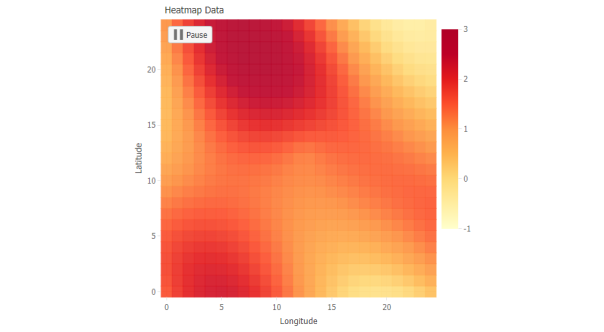




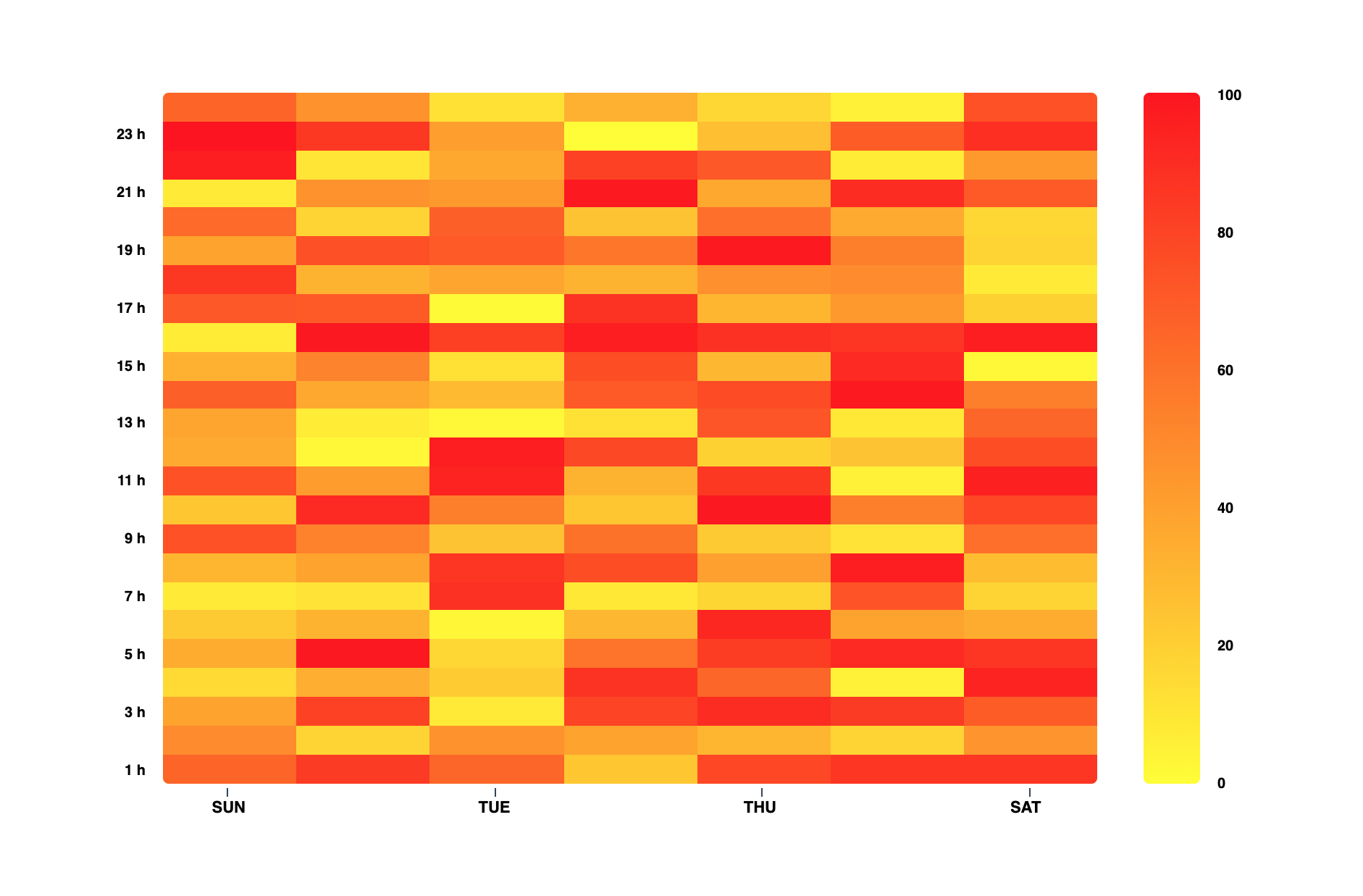
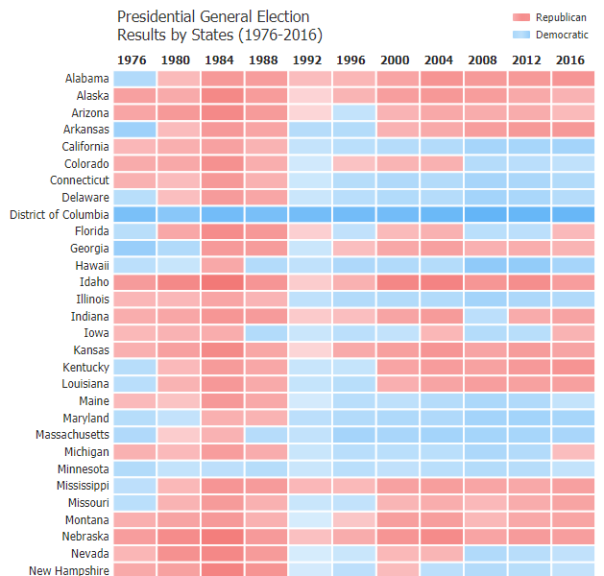
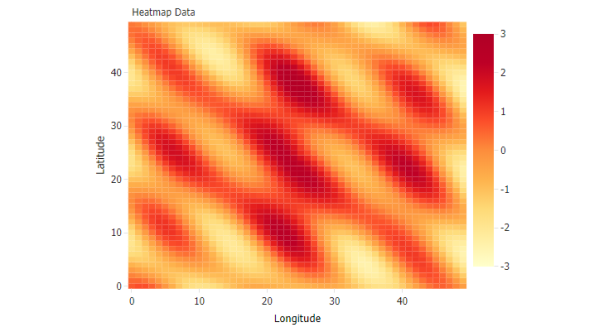
Closure
Thus, we hope this text has supplied useful insights into chart js heatmap. We hope you discover this text informative and useful. See you in our subsequent article!